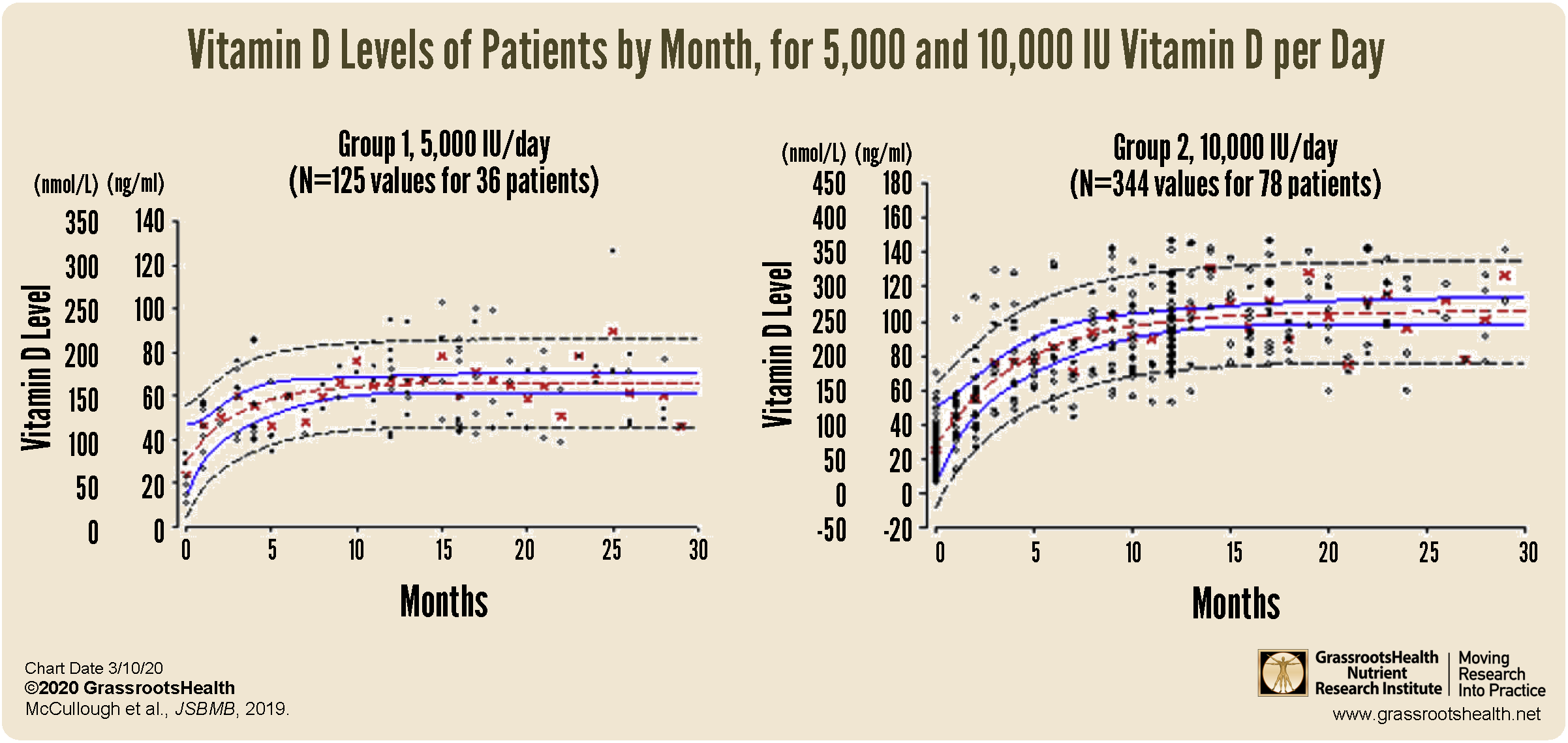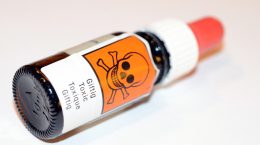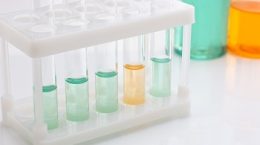Published on March 13, 2020
Vitamin D toxicity is a rare imbalance, usually caused by excessive vitamin D supplementation, that can lead to hypercalcemia (increased calcium in the blood), hyperphosphatemia (increased phosphate in the blood), and suppressed serum PTH concentrations, which in turn can lead to symptoms such as vomiting, nausea, abdominal pain, fatigue, and weakness. For more information on vitamin D toxicity, please read this blog.
How Much Vitamin D is Considered Safe?
 The Institute of Medicine (now, Health and Medicine Division of the National Academies) has set their recommended daily allowance of vitamin D at 600 IU, their upper intake level at 4,000 IU, and their no adverse effects level (NOAEL) at 10,000 IU per day. A review published by Hathcock et al., found that no toxicity was observed in individuals with vitamin D levels below 200 ng/ml, and no toxicity was observed in studies reporting a daily vitamin D intake below 30,000 IU. You may also keep in mind that the skin has the ability to make an estimated 10,000 to 25,000 IU of vitamin D per day when exposed to sunlight (UVB) in mid-day.
The Institute of Medicine (now, Health and Medicine Division of the National Academies) has set their recommended daily allowance of vitamin D at 600 IU, their upper intake level at 4,000 IU, and their no adverse effects level (NOAEL) at 10,000 IU per day. A review published by Hathcock et al., found that no toxicity was observed in individuals with vitamin D levels below 200 ng/ml, and no toxicity was observed in studies reporting a daily vitamin D intake below 30,000 IU. You may also keep in mind that the skin has the ability to make an estimated 10,000 to 25,000 IU of vitamin D per day when exposed to sunlight (UVB) in mid-day.
No Toxicity Observed in Doses of Up To 50,000 IU/Day
A study published by McCullough et al. describes the results of routine vitamin D testing and supplementation among all patients admitted to a state psychiatric hospital in Cincinnati, Ohio. Patients received vitamin D supplementation at either 5000 IU per day (group 1) or 10,000 IU per day (group 2), for 12 months or longer. Average baseline vitamin D levels among patients were 24-25 ng/ml. Doses ranging from 20,000 to 60,000 IU per day were used in individual cases for patients with psoriasis, asthma, and skin cancer.
Resulting vitamin D levels over the course of the first 30 months of testing for each patient can be seen for groups 1 and 2 in the charts below. Overall, group 1 had an average vitamin D level of 68 ng/ml after 12 months, and 60 ng/ml after 16 months of supplementing with 5000 IU per day. Group 2 had an average vitamin D level of 96 ng/ml after 12 months, and 97 ng/ml after 16 months of supplementing with 10,000 IU per day.
No Cases of Vitamin D Toxicity
In addition to tracking vitamin D levels, serum calcium and parathyroid hormone (iPTH) levels were also measured and tracked to identify potential cases of vitamin D toxicity. For those patients who achieved a vitamin D level of 74.4 ng/ml or higher (N=418), regardless of dose, the average level was 119 ng/ml compared to 27 ng/ml for those who were not on any vitamin D supplementation (N=777). Average serum calcium levels were similar in both groups at 9.6 mg/dl (with a range of 8.7 – 10.7 mg/dl) in the vitamin D group versus 9.5 mg/dl (with a range of 8.4 – 10.7 mg/dl) in the no supplement group. Levels of iPTH were different between the two groups with an average of 24.2 pg/ml (and range of 5 – 54 pg/ml) in the vitamin D group and average of 30.2 pg/ml (and range of 8 – 77 pg/ml) in the no supplement group. There were 5 patients with vitamin D levels over 200 ng/ml, 2 were taking 10,000 IU/day, 1 psoriasis patient taking 40-45,000 IU/day, 1 psoriasis patient taking 50,000 IU/day, and another patient at 50,000 IU/day. There were no adverse events related to vitamin D supplementation and no cases of vitamin D induced hypercalcemia were observed in any patients.
Testing is Important with Any Dose of Vitamin D
 To be sure you are achieving your target vitamin D level (and not a level that is too low or too high for your health concerns), measure your level with the GrassrootsHealth home blood spot test kit. It is easy and convenient, and can help you determine what dose of vitamin D is best for you. Make sure you know your vitamin D level, and take steps to keep it within a target of 40-60 ng/ml or 100-150 nmol/L!
To be sure you are achieving your target vitamin D level (and not a level that is too low or too high for your health concerns), measure your level with the GrassrootsHealth home blood spot test kit. It is easy and convenient, and can help you determine what dose of vitamin D is best for you. Make sure you know your vitamin D level, and take steps to keep it within a target of 40-60 ng/ml or 100-150 nmol/L!
Through GrassrootsHealth Nutrient Research Institute, you can also test your essential elements magnesium, copper, zinc and selenium, toxins such as lead, mercury and cadmium, as well as your omega-3 levels, inflammation levels and thyroid stimulating hormone (TSH) level. Find out your levels today! Log on to the test selection page (click the link below) to get your tests and see for yourself if your levels can be improved.
Make sure you track your results before and after, about every 6 months!
How can I track my nutrient intake and levels over time?
To help you track your supplement use and nutrient levels, GrassrootsHealth has created the Personal Health Nutrient Decision System called
For each specific supplement, you can track what days you take it, how much, and many other details. This will help you know your true supplemental intake and what patterns of use work for you to reach and maintain optimum nutrient levels. Check it out today!








